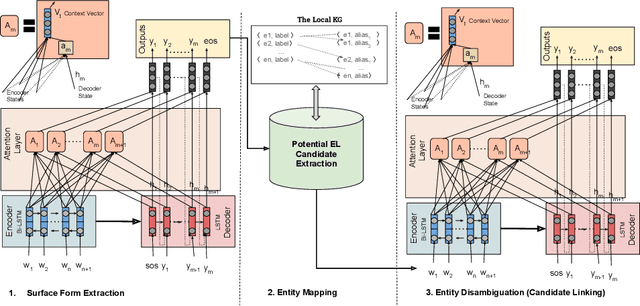Soren Auer
KnowGraph-PM: a Knowledge Graph based Pricing Model for Semiconductors Supply Chains
May 13, 2022Abstract:Semiconductor supply chains are described by significant demand fluctuation that increases as one moves up the supply chain, the so-called bullwhip effect. To counteract, semiconductor manufacturers aim to optimize capacity utilization, to deliver with shorter lead times and exploit this to generate revenue. Additionally, in a competitive market, firms seek to maintain customer relationships while applying revenue management strategies such as dynamic pricing. Price change potentially generates conflicts with customers. In this paper, we present KnowGraph-PM, a knowledge graph-based dynamic pricing model. The semantic model uses the potential of faster delivery and shorter lead times to define premium prices, thus entail increased profits based on the customer profile. The knowledge graph enables the integration of customer-related information, e.g., customer class and location to customer order data. The pricing algorithm is realized as a SPARQL query that relies on customer profile and order behavior to determine the corresponding price premium. We evaluate the approach by calculating the revenue generated after applying the pricing algorithm. Based on competency questions that translate to SPARQL queries, we validate the created knowledge graph. We demonstrate that semantic data integration enables customer-tailored revenue management.
Context-aware Entity Linking with Attentive Neural Networks on Wikidata Knowledge Graph
Dec 12, 2019


Abstract:The Entity Linking (EL) approaches have been a long-standing research field and find applicability in various use cases such as semantic search, text annotation, question answering, etc. Although effective and robust, current approaches are still limited to particular knowledge repositories (e.g. Wikipedia) or specific knowledge graphs (e.g. Freebase, DBpedia, and YAGO). The collaborative knowledge graphs such as Wikidata excessively rely on the crowd to author the information. Since the crowd is not bound to a standard protocol for assigning entity titles, the knowledge graph is populated by non-standard, noisy, long or even sometimes awkward titles. The issue of long, implicit, and nonstandard entity representations is a challenge in EL approaches for gaining high precision and recall. In this paper, we advance the state-of-the-art approaches by developing a context-aware attentive neural network approach for entity linking on Wikidata. Our approach contributes by exploiting the sufficient context from a Knowledge Graph as a source of background knowledge, which is then fed into the neural network. This approach demonstrates merit to address challenges associated with entity titles (multi-word, long, implicit, case-sensitive). Our experimental study shows $\approx$8\% improvements over the baseline approach, and significantly outperform an end to end approach for Wikidata entity linking. This work, first of its kind, opens a new direction for the research community to pay attention to developing context-aware EL approaches for collaborative knowledge graphs.
 Add to Chrome
Add to Chrome Add to Firefox
Add to Firefox Add to Edge
Add to Edge